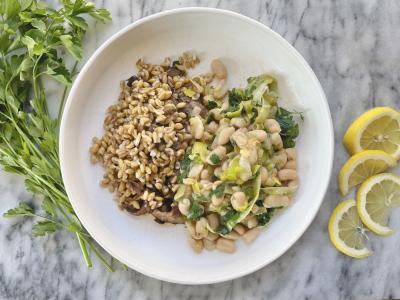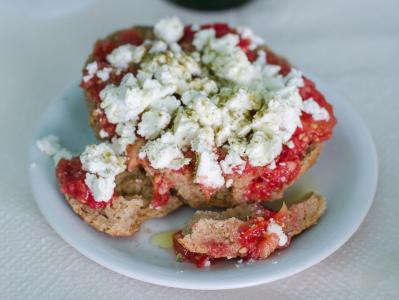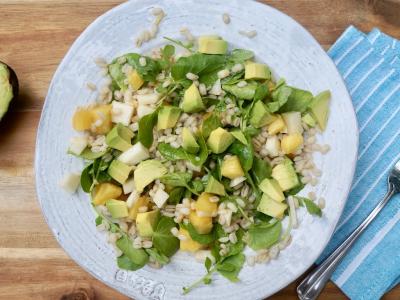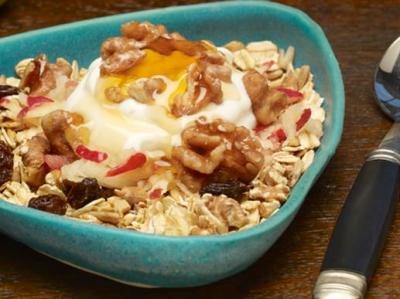Whole Grains Linked with Lower Cholesterol
To better understand whole grains’ relationship with heart health, New Zealand’s Heart Foundation analyzed 19 meta analyses encompassing thousands of participants, for their September 2018 report entitled “Whole Grains and the Heart.” The authors conclude that “observational research suggests three [servings] of whole grains per day are associated with heart health benefits, and there are likely to be additional benefits with higher intakes. Intervention studies on risk factors are less compelling but show most consistent evidence of benefits for a small reduction in total and LDL cholesterol, especially in relation to oats and barley, and possibly improved [glycemic] control.”
Heart Foundation. 2018 Sept. (Gorton D et al.)





